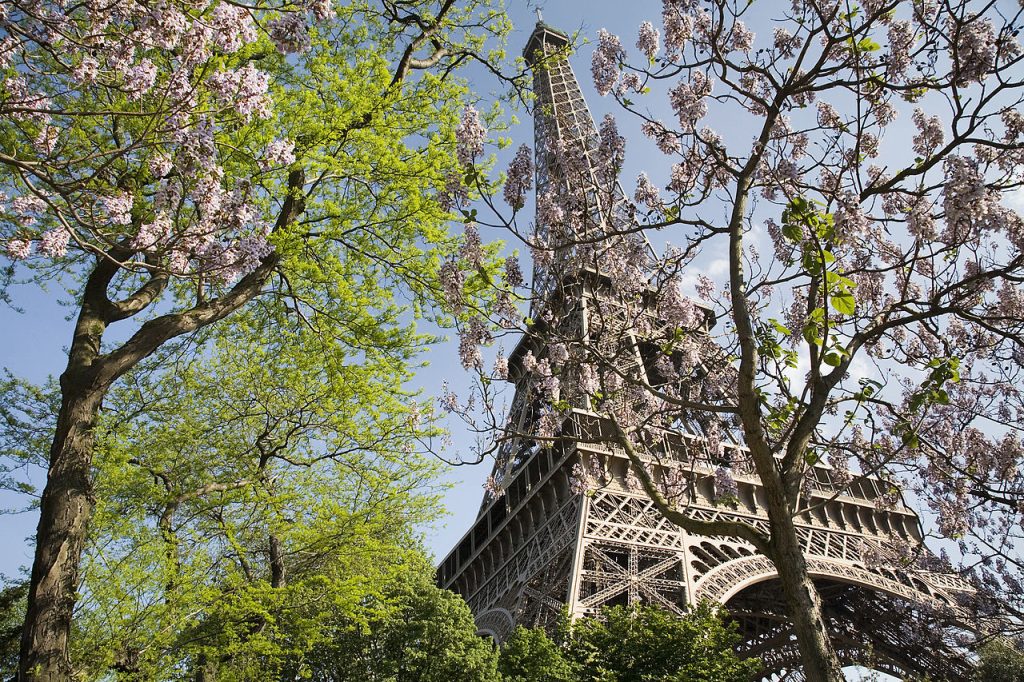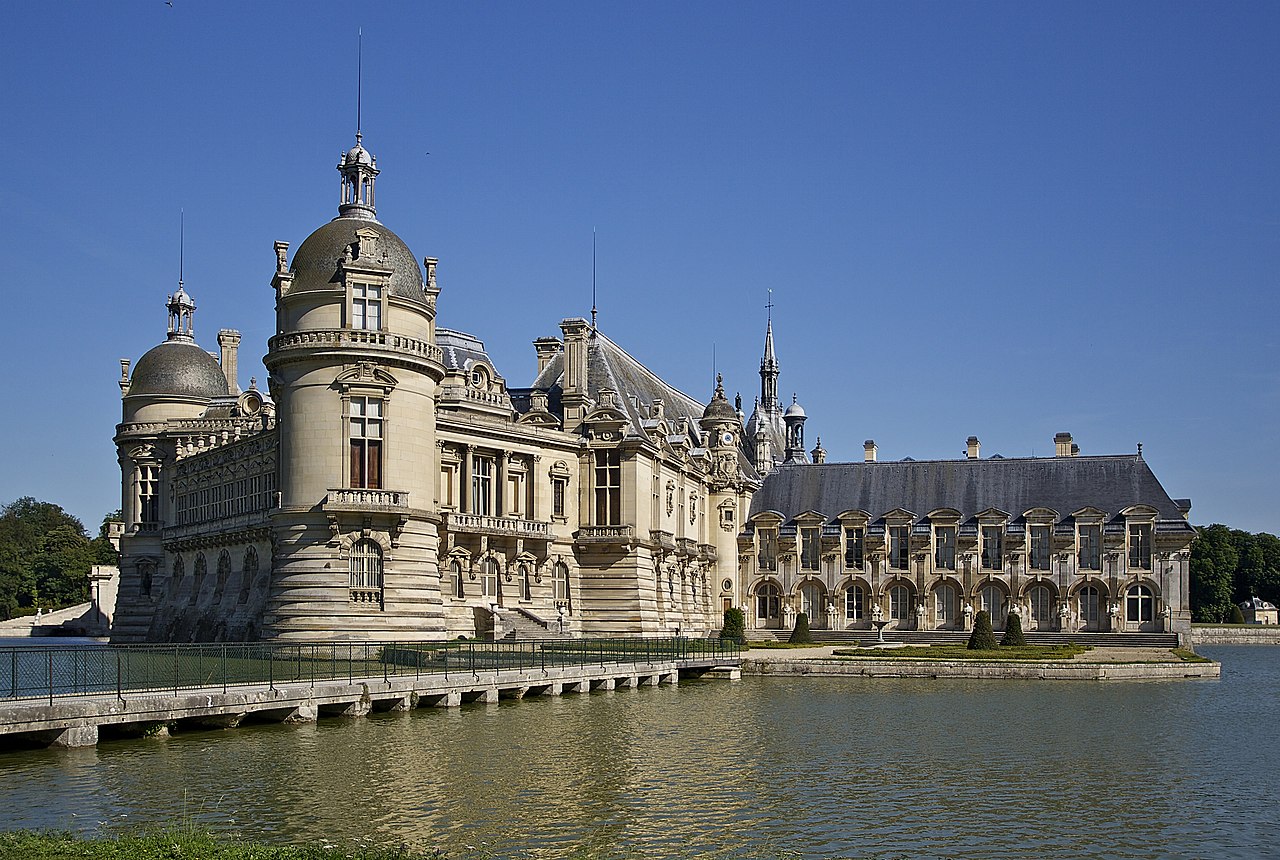Planning your trip to France is the first step to unlocking a country full of unforgettable moments, timeless beauty, and surprising contrasts. From snowy mountains to sun-kissed beaches, vineyard tours to city strolls, France offers something different every season. To get the most out of your journey, it helps to know when to go, what to expect, and how to prepare.
France isn’t just Paris — it’s a patchwork of regions, each with its own rhythms, climates, and events. Spring brings blossoms and café terraces, summer delivers festivals and sunshine, autumn charms with its colors and wine harvests, and winter sets the stage for cozy markets and alpine adventures. Whether you’re here for romance, history, food, or family time, the season shapes the mood of your experience.
This guide breaks it down by season to help you plan with confidence. You’ll find suggestions for what to pack, where to go, what to avoid, and how locals approach each time of year. We’ve included practical details too, from holiday closures to travel tips and weather quirks you won’t see in brochures.
Planning well means enjoying more. Whether it’s your first trip or your fifth, knowing what to expect makes all the difference. With the right timing, even a simple picnic or village walk can become your favorite memory. France isn’t a checklist — it’s a feeling. And it begins right here, with a well-planned start.

© Jorge Royan / http://www.royan.com.ar / CC BY-SA 3.0
Spring in France (March to May)
Spring in France is when everything reawakens — the flowers bloom, the café chairs come back out, and travelers get to see the country without the summer crowds. It’s a season of gentle light, crisp air, and landscapes that shift from pale greens to bold pastels. From late March to late May, spring is ideal for first-time visitors who want good weather, reasonable prices, and an authentic French atmosphere.
It’s a great time for city breaks — Paris, Lyon, Bordeaux, and Nice feel relaxed and walkable, with museums and shops still pleasantly uncrowded. The Loire Valley and Provence begin to warm up and come alive with flowers and fresh produce. It’s also a good season for wine tastings in Burgundy or Alsace, as winemakers have more time to talk before summer arrives. Expect mild temperatures between 12–20°C (mid-50s to high 60s °F), especially from April onward.
What to Pack:
- A light jacket, scarf, and waterproof shoes
- Layers: mornings and evenings are cooler
- Umbrella — rain showers are common in March and April
Best For:
- Couples looking for romance and fewer crowds
- Garden and art lovers
- First-timers avoiding the tourist rush
Insider Tips:
- Avoid Easter weekend if you don’t like crowds, trains and tourist sites fill up fast
- Local markets are best in late April and May, when spring vegetables and flowers are at their peak
- For fewer tourists, visit offbeat villages like Uzès (Occitanie) or Dinan (Brittany) before the summer season starts
Summer in France (June to August)
Summer in France is festive, warm, and full of life, with long sunny days that stretch into late evenings and a calendar packed with events, festivals, and outdoor markets. From beach towns to mountain trails, this is when France is at its most lively, and also its most crowded.
July and August are the traditional vacation months for the French, so cities like Paris and Lyon may feel quieter as locals head to the coast or countryside. Meanwhile, popular summer regions such as Provence, the French Riviera, Corsica, and the Atlantic coast fill with energy, sunseekers, and open-air dining. Summer is also perfect for hiking in the Alps or Pyrenees, especially in July, when the weather is warm but still fresh in the highlands.
Expect temperatures ranging from 25°C (77°F) in the north to 35°C (95°F) or more in the south, especially in Provence. Late June is a sweet spot, it’s lively but not yet overcrowded.
What to Pack:
- Light, breathable clothing
- Sunglasses, sunscreen, hat
- A light sweater or shawl for cooler mountain evenings
- Swimsuit and towel for spontaneous swims
Best For:
- Beach lovers and festival-goers
- Families on school holidays
- Hikers and outdoor adventurers
Insider Tips:
- Avoid the first two weeks of August if you prefer peace, it’s peak French holiday time
- Book trains and hotels early in summer hotspots like Nice, Annecy, and Biarritz
- Visit smaller wine regions like Jura or Gaillac to avoid the summer crowds in Bordeaux and Champagne
- Take advantage of late sunsets by planning dinners outdoors around 8 or 9pm, just like the locals
Autumn in France (September to November)
Autumn in France brings golden light, crisp air, and a calm, romantic energy that feels made for slow travel and long walks. It’s a season of shifting colors and changing pace. The crowds of summer are gone, locals return to their daily rhythms, and the vineyards, forests, and cities take on rich shades of red, orange, and gold.
September is still warm and often sunny, especially in the south. It’s one of the best months to visit. The beaches are quiet, the wine harvest begins, and everything is still open. By October, the leaves start turning in the Loire Valley, Dordogne, and Alsace, while the big cities like Paris and Lyon buzz with cultural events and exhibitions. In November, things get quieter again, with misty mornings and cozy café corners. It’s a great time for museum visits, market browsing, and countryside retreats.
Autumn temperatures can range from 8°C (46°F) in the mornings to 20°C (68°F) on sunny afternoons, depending on the region and month.
What to Pack:
- Light layers, sweater or cardigan
- Waterproof shoes or boots for October and November
- Warm jacket for mountain areas or late autumn visits
- A compact umbrella
Best For:
- Wine lovers, especially during harvest season
- Couples and photographers
- Travelers avoiding high season crowds
Insider Tips:
- For the wine harvest, visit Burgundy or Alsace in mid to late September
- Lyon’s autumn food markets are packed with wild mushrooms, chestnuts, and rich cheeses
- Late October is perfect for visiting Châteaux in the Loire under a canopy of autumn leaves
- November is off-season, so you’ll find discounted rates at hotels and châteaux stays. Great for a peaceful escape.
Winter in France (December to February)
Winter in France is cozy, festive, and full of quiet charm, offering everything from snow-covered mountains to candlelit markets and steaming cups of vin chaud. It’s a time when the country slows down and traditions take center stage. Whether you’re drawn to skiing in the Alps, Christmas in Alsace, or off-season city breaks, winter has a unique atmosphere that blends magic with calm.
In December, France sparkles. Cities and villages light up for Christmas markets, especially in Strasbourg, Colmar, and Reims. Local bakeries brim with seasonal pastries, and markets serve up hot mulled wine, roasted chestnuts, and gingerbread. January and February are colder and quieter, a great time to visit Paris, Lyon, or Toulouse without the usual tourist flow, or to escape to the French Alps or Pyrenees for skiing and snowshoeing.
Temperatures range widely: expect 0–5°C (32–41°F) in the north and east, and up to 12°C (54°F) in the south. Mountain regions drop well below freezing but are equipped for it.
What to Pack:
- Warm coat, scarf, gloves, hat
- Waterproof shoes or boots
- Thermal layers if visiting mountain or northern regions
- Evening wear if planning holiday dinners or fine dining
Best For:
- Skiers and winter sports lovers
- Couples seeking a cozy romantic getaway
- Christmas market enthusiasts
- Travelers who don’t mind chilly weather for fewer crowds
Insider Tips:
- Strasbourg and Colmar markets are best visited in early December, before school holidays start
- January is soldes season in France: nationwide sales offer big fashion and design discounts
- Avoid February half-term weeks if heading to the Alps. French families crowd the slopes
- Try a small-town winter visit to places like Dijon, Annecy, or Sarlat, where the local pace is slow and peaceful
